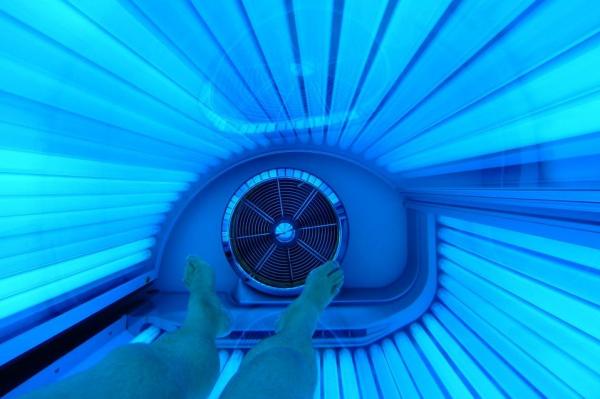
SAN DIEGO, Jan. 6 (UPI) — Researchers at San Diego State University find non-heterosexual black male teens at risk for developing skin cancer based on indoor tanning habits.
Non-heterosexual black male teens are at same risk as white female teens based on similar levels of indoor tanning, according to the study.
“Contrary to popular thought, racial and ethnic minorities engage in indoor tanning and it appears to be particularly concentrated among sexual-minority adolescent boys,” Aaron Blashill, assistant professor of psychology at San Diego State University and author of the study, said in a press release.
The data comes from the 2015 Youth Risk Behavior Survey that examined the prevalence of risky health behaviors among 9th- to 12th-grade public and private school students.
“Many only think of indoor tanning as something people do to darken their skin, so the idea that a black individual would tan at all is hard for some to grasp,” Blashill said. “But if we think of indoor tanning as a coping strategy, then the findings begin to make more sense.”
Aside from tanning, UV exposure can induce relaxation through the release of natural opioids in the brain.
Researchers say it’s possible that non-heterosexual black and Hispanic teen boys indoor tan to reduce psychological stress, which could stem from discrimination, prejudice, and victimization based on their sexual orientation and ethnicity.
“It is important to understand what’s driving indoor tanning among these boys so we can develop future skin cancer prevention and education campaigns targeted at the high-risk group,” Blashill said.
The study was published in JAMA Dermatology.






